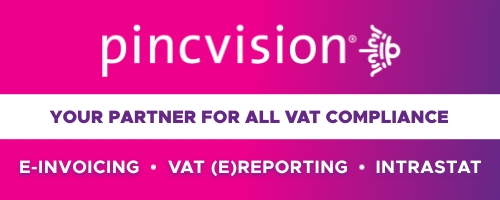The steps to implement mandatory B2B E-Invoicing can vary depending on the country and its specific regulations. However, here is a general outline of the steps involved:
- Analyze the regulations: The first step is to understand the regulations for mandatory B2B E-Invoicing in the country where you operate. This will involve researching the relevant laws, regulations, and guidelines to ensure that you are compliant with the requirements.
- Choose an E-Invoicing solution: Once you understand the regulations, you will need to select an E-Invoicing solution that is compatible with the requirements. This could involve choosing a software provider or working with a third-party provider to ensure that you can generate, send, and receive electronic invoices in compliance with the regulations.
- Configure the solution: Once you have selected your E-Invoicing solution, you will need to configure it to meet the requirements of the regulations. This could involve configuring the system to generate and send invoices in the required format, as well as setting up any necessary workflows and approval processes.
- Train your staff: It is essential to ensure that your staff is trained on the new E-Invoicing system to ensure that they can generate, send, and receive invoices in compliance with the regulations.
- Test the system: Before implementing the new E-Invoicing system, it is essential to test it thoroughly to ensure that it is working correctly and that you can meet the requirements of the regulations.
- Implement the system: Once you have tested the E-Invoicing system and trained your staff, you can implement the system across your organization. This could involve rolling it out in phases, starting with specific departments or teams.
- Monitor and maintain the system: Finally, it is essential to monitor and maintain the E-Invoicing system to ensure that it continues to meet the requirements of the regulations and that it is working correctly. This could involve monitoring compliance, conducting regular audits, and making any necessary updates or changes to the system.















